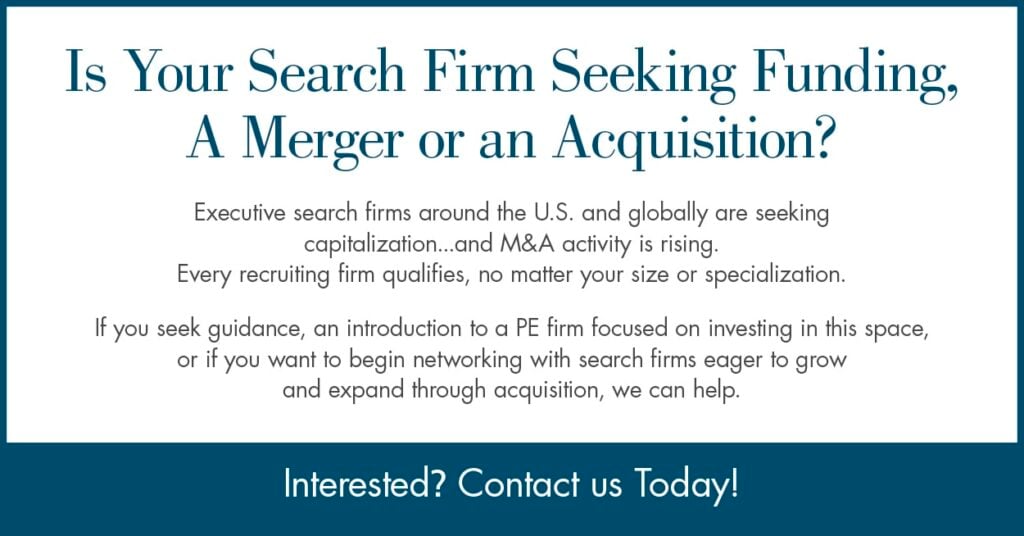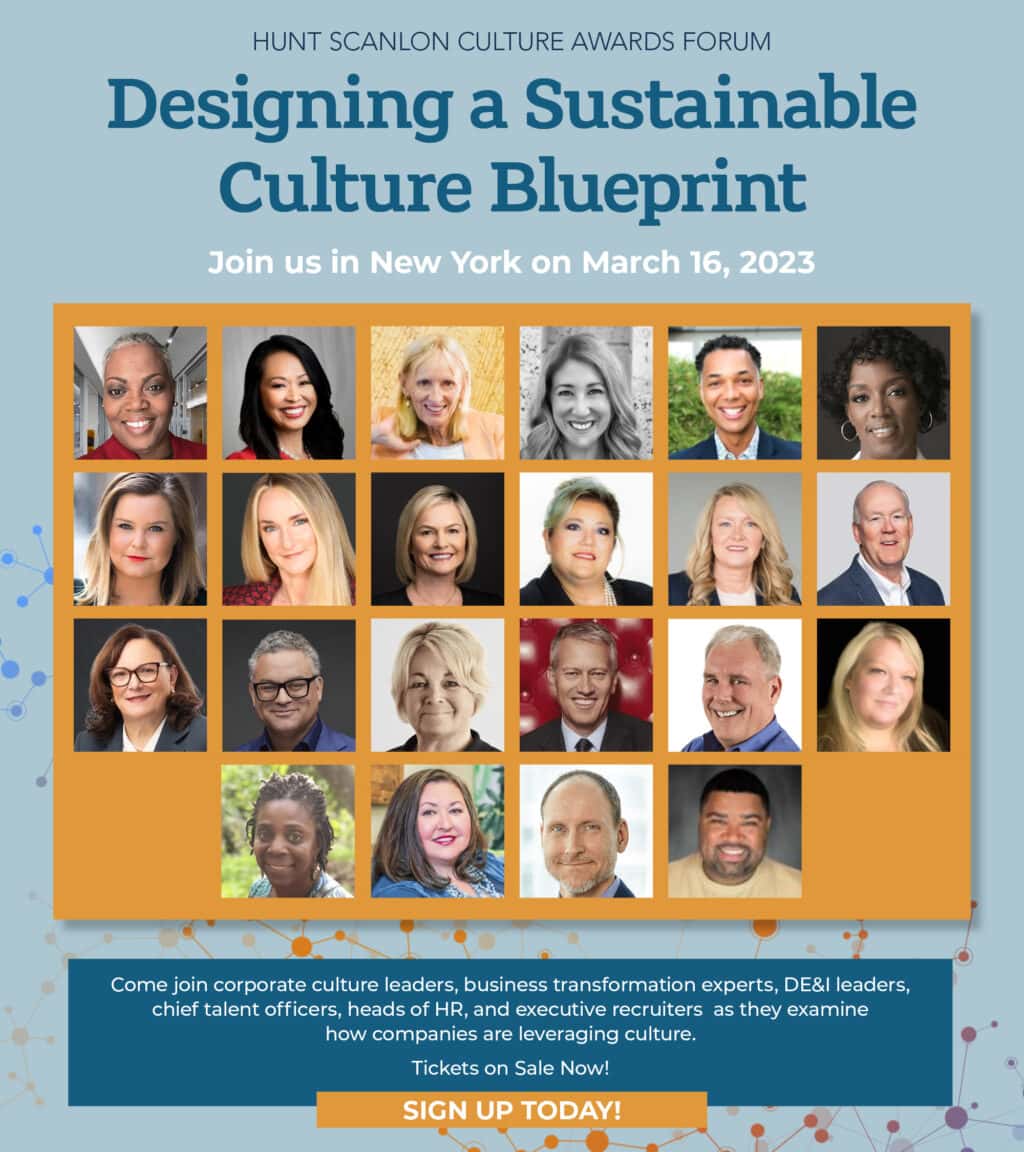How to Build an Inclusive Company Culture

January 6, 2023 – It’s one thing to include diversity, equity, and inclusion in your company’s mission and values. Consider it a prerequisite. It’s a much larger and more involved undertaking to show a commitment to DEI daily throughout your organization, according to a newly released report from DHR Global’s Nina Chatrath, Christine Greybe, Jonathan Hoyt, and Maryanne Wanca-Thibault. “Too often, DEI resides in words but not in actions, leading to disconnects that aren’t always in plain sight,” the DHR report said. “The disconnects might be internal, as in the case of bullying and microaggression—or they can be external, stemming from pandemics, politics, wars, and general loneliness and unrest in the world today. In any event, it takes a proactive approach to DEI to build and maintain the inclusive culture that leaders want, candidates seek, and employees expect.”
So, how do you demonstrate DEI and make it a centerpiece of your culture? DHR Global provides a few tips for senior leaders.
Take Subtleties Seriously
The Great Resignation didn’t happen because of the pandemic. DHR says that it happened because people were unhappy or unfulfilled in their jobs. The pandemic merely uprooted everything we knew in life and uncovered some of what we didn’t know but maybe should have known at work.
On average, about one-quarter of employees in any given organization are fully engaged. “Half are neutral and roughly one-quarter are actively disengaged,” the report said. “That means a significant portion of your workforce could be feeling discontent without saying or showing it. To see the unseen, you must be present. In today’s hybrid and virtual work environment, reading facial expressions is key, as is recognizing body language and observing how team members interact with one another. And when you sense something’s amiss, approach the situation as if it’s the tip of the iceberg, because it could very well be.”
Be a Curious Leader
Leaders must show authenticity and vulnerability to connect with employees and gain their trust, according the DHR Global report.

Moving Forward Requires a Sticky Culture
With millions of employees quitting their jobs last year, companies this year must focus on stopping the exodus and hiring and retaining the best talent possible, says a new report by DHR Global. “Organizations can demonstrate employees’ value and contribution at the company level by ensuring they have an inclusive culture, and at the individual level through talent development and advancement opportunities,” said the search firm.
“In this day and age, with all the media we consume and public figures we critique, anyone can see right through leaders who say what they think they should say and/or do what they think they should do to check the boxes,” the report said. “To be authentic and vulnerable, seek new experiences that shape new views in and out of the workplace. Talk to colleagues you don’t know as well. Make it a point to venture out of your comfort zone. Inclusive leaders live and breathe DEI simply by being curious.”
Meet in Many Ways
Whether held virtually or in-person, regular team meetings are a great start toward creating a safe space for everyone to be themselves and be a part of something bigger. But they’re just that—a start, says DHR. It’s important to meet with team members individually. “Create regular feedback and learning opportunities,” the report said. “Bring diverse groups of employees across all levels together for roundtable discussions and ensure these are safe spaces. The more ways you can hear what’s on people’s minds, the more insights and visibility you’ll gain. Keep in mind that if you’re implementing a new culture initiative, it can take time for everyone to warm up to it and actively participate. Don’t let a slow start discourage you.”
Reframe the ‘Culture Fit’
The “D,” for diversity, in DEI starts with how you hire. Traditionally, the buzzword in human resources is the “culture fit,” or that candidate who naturally feels comfortable and clicks with your existing team. “Hiring just for culture fit, however, can effectively derail DEI if your talent search doesn’t include a diverse pool of candidates,” the report said. “It also may result in stagnation, especially if you think only about where the organization is now rather than where the future will take it.”
The DHR report notes that the inclusive approach is to value the “culture add,” meaning someone who might not have the same background that you’d normally consider to be a “fit.” If a candidate has any combination of the skills, character, behaviors, values, experience, professionalism—or even the potential to contribute to your organization—consider the individual for a position, says DHR. It could be a role that might not be precisely what you’d envisioned when you posted the job.
Get Outside Perspective
“It helps to have external perspective when you are seeking to improve your company’s culture,” the DHR report said. “Even if you could do it on your own, you wouldn’t want to, because you’d be overlooking the entire point of inclusivity. It can be difficult to get an objective picture of where your culture stands right now and even more difficult to define where you want it to go for the future.”
Related: Transforming Corporate Culture and Driving Performance in the New Workplace
Consider bringing in a consulting firm that can give you the additional perspective and resources you need to conduct a culture audit, identify opportunities for improvement and map the actionable next steps to a truly inclusive culture. “Then it’s time to walk the talk,” DHR said. “As a senior leader, your example will make the change possible.”
Search Experts
Ms. Chatrath, a partner in leadership consulting, specializes in succession planning, creating robust leadership pipelines and leadership talent benchmarking, all leading to increased performance and organizational excellence. She has conducted change management interventions spanning the top tier of leadership and helped to cascade these across the organization. Ms. Chatrath has expertise creating innovative behavioral-based development initiatives for leaders and assessment projects evaluating executives’ behavior to increase motivation and engagement.

President of DHR Leadership Consulting, Ms. Greybe leads a global team of consultants who help organizations identify and develop executives who are ready to take on high-stakes, high-pressure and high-complexity decisions. As an executive search consultant, she helps public and private companies recruit leaders across the C-suite and board and for key functional roles. Ms. Greybe joined DHR in 2004 as managing director of Asia-Pacific and has held roles of increasing corporate responsibility, including as a member of the board of directors, president, and head of global. Her services include assessment and coaching, succession planning, team effectiveness, onboarding, and DEI.
Mr. Hoyt, a partner in leadership consulting, helps clients improve performance through executive coaching, succession planning, talent assessment and organization design. He has spent the last 20 years helping organizations create the leadership capability they need in times of rapid growth and change. His clients have included private equity, technology, financial services, natural resources, professional services, non-profit, and healthcare organizations around the world.
Ms. Wanca-Thibault has more than 30 years of experience as a consultant and advisor in the areas of leadership assessment, organizational development, and executive coaching. As a partner of DHR Leadership Consulting, she helps clients assess fit for executive, C-suite, and board positions. Her focus on the people-side of the organization comes from a deep interest in organizational behavior, communication, and helping professionals maximize performance.
Related: Retaining Your Employees During the Great Resignation
Contributed by Scott A. Scanlon, Editor-in-Chief; Dale M. Zupsansky, Managing Editor; and Stephen Sawicki, Managing Editor – Hunt Scanlon Media













